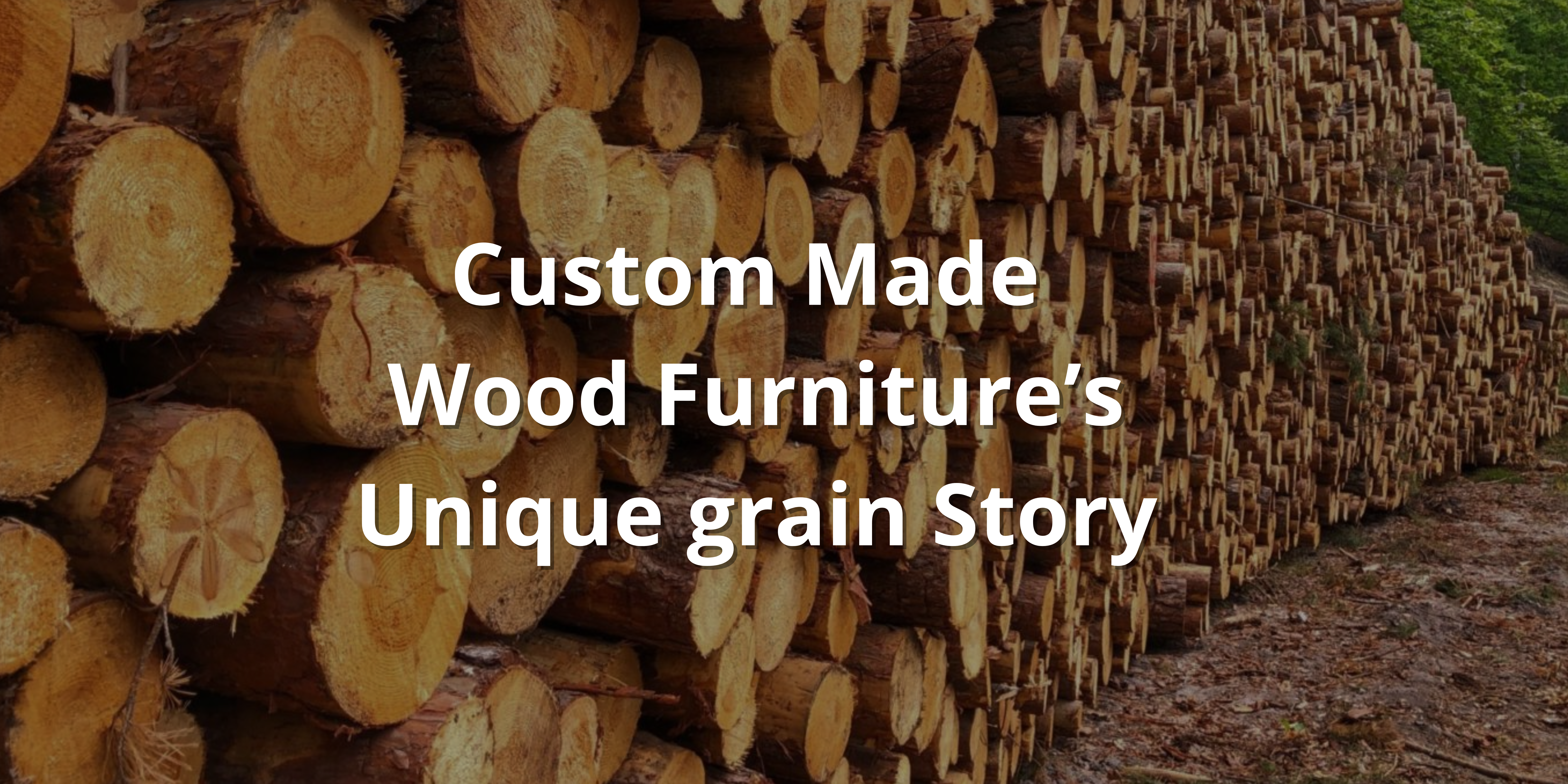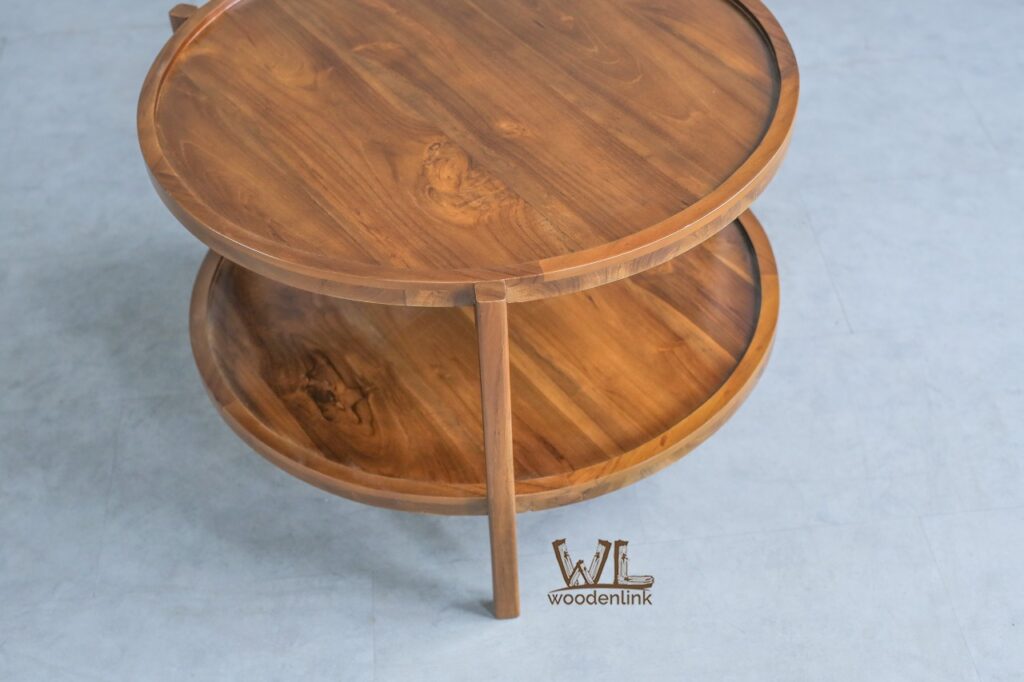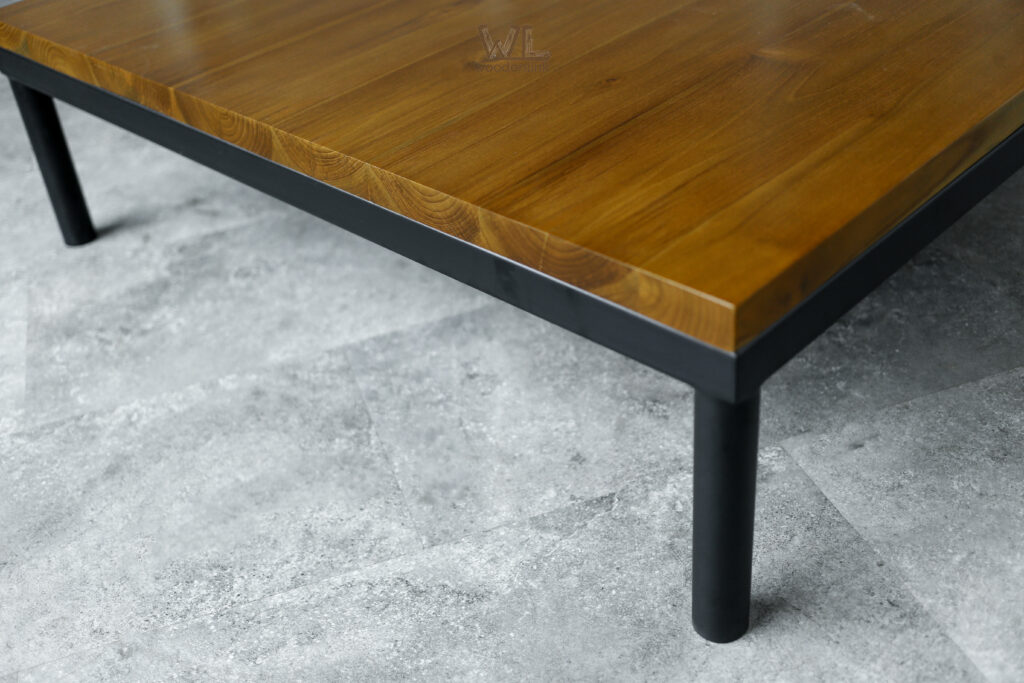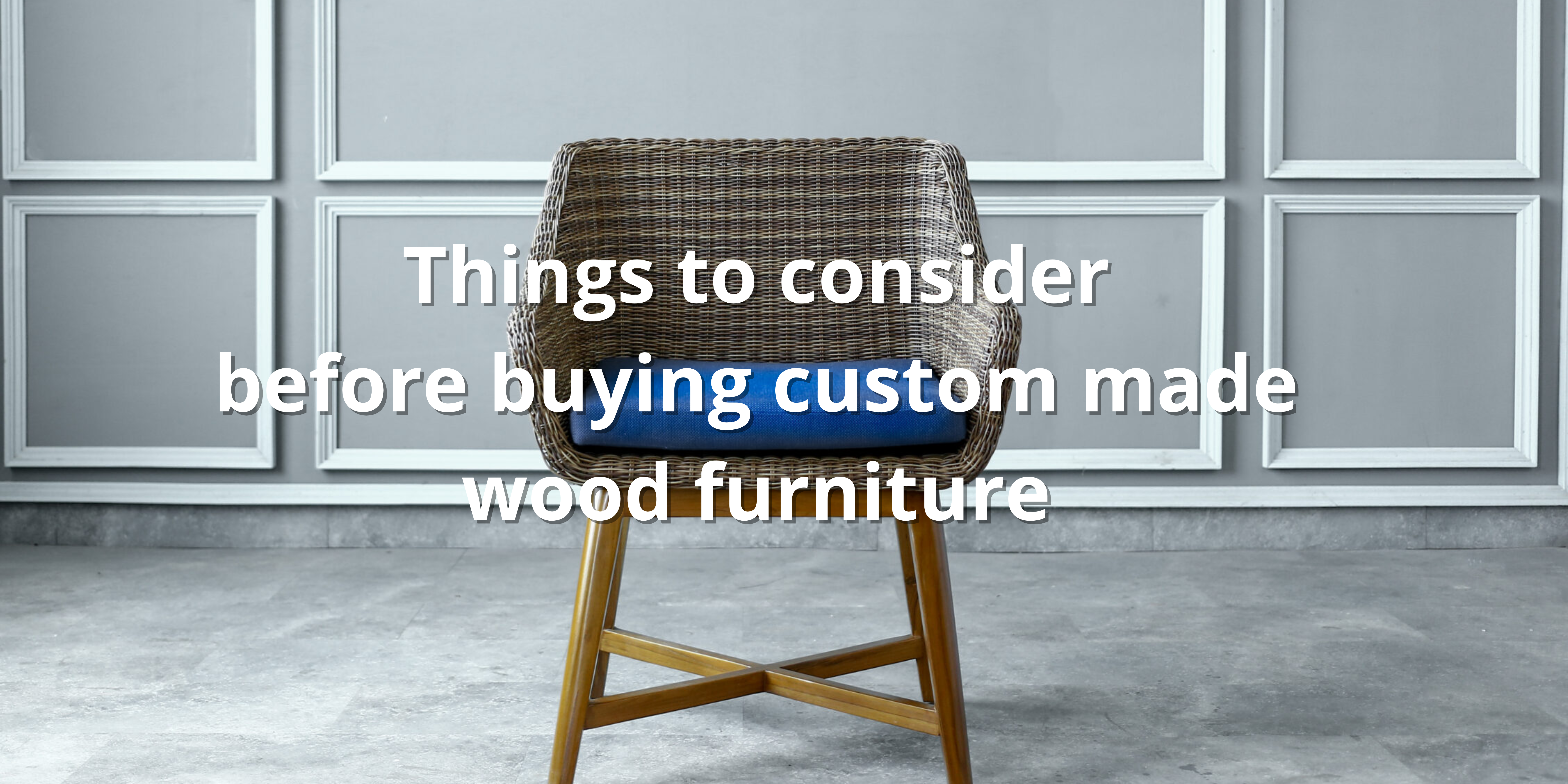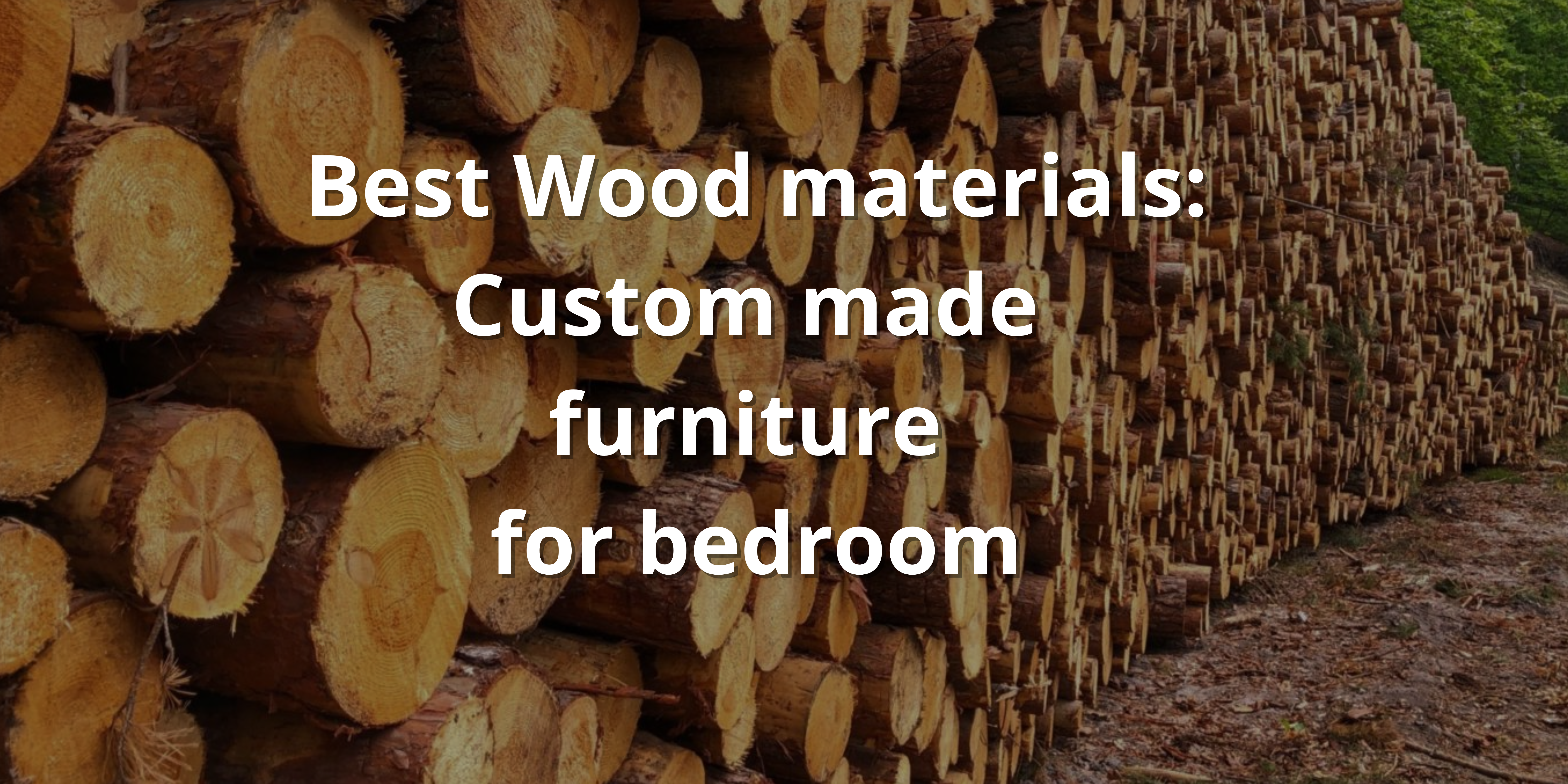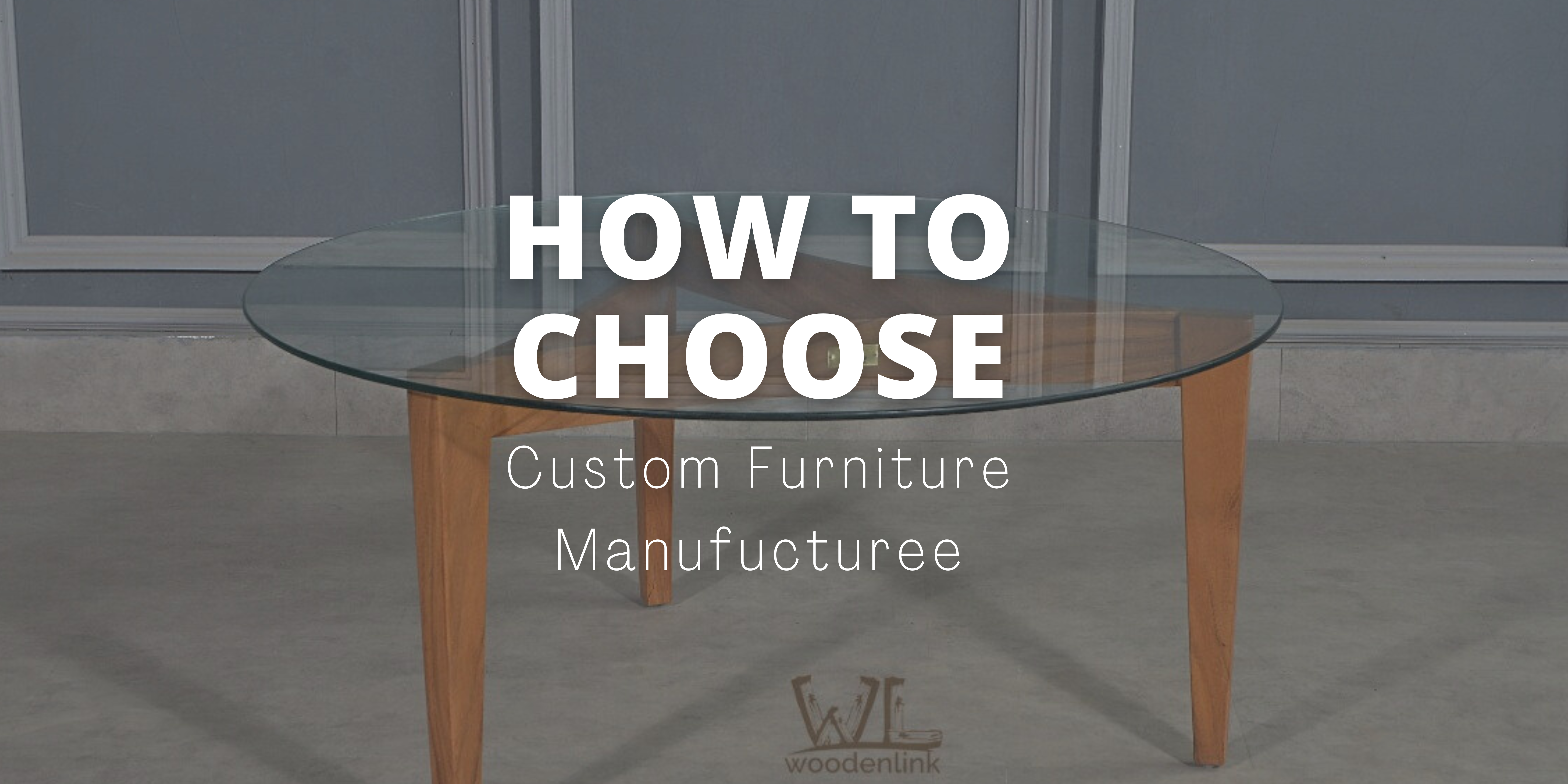When it comes to furniture, wood has long been a beloved choice for its timeless elegance and natural beauty. Its inherent lightness, when compared to some materials like stone or metal, makes it surprisingly practical as well. But beyond these advantages, wood offers something truly unique: the captivating allure of its grain.
Unlike the uniform surfaces of many synthetic materials, wood boasts a distinctive pattern etched by nature itself. This intricate network of lines and whorls, known as the grain, imbues each piece of furniture with an undeniable character. No two grains are ever exactly alike, transforming every wooden creation into a one-of-a-kind masterpiece. This inherent individuality adds a depth and richness that manufactured materials simply cannot replicate.
Furthermore, the presence of grain elevates the perceived value of wooden furniture. The knowledge that each piece is unique, a product of nature’s artistry rather than mass production, imbues it with an undeniable cachet. This intrinsic value is recognized and appreciated by discerning individuals, making wood furniture a worthwhile investment that transcends fleeting trends.
Wood’s appeal goes far beyond its practicality or aesthetics. The presence of grain imbues it with a soul, a story whispered by nature itself. This unique fingerprint elevates each piece, transforming it from mere furniture into a treasured heirloom, destined to be admired for generations to come.
Material Superiority
In the realm of wooden furniture, a stark contrast exists between the craftsmanship of finely polished pieces and the readily available offerings of particle board. Whereas the former boasts intricate details and an enduring legacy, the latter is forged from a prosaic blend of wood pulp and adhesive, prioritizing affordability over longevity. This discrepancy in origin results in a significant disparity in quality and character.
Particle board furniture, often found gracing the aisles of stores like IKEA, is notorious for its bargain-basement prices. This accessibility, however, comes at the cost of structural integrity. Compared to the robust resilience of a handcrafted oak table, a particle board counterpart exhibits a distinct fragility. Its susceptibility to moisture and damage renders it ill-suited for heavy wear and tear, akin to the ill-advised choice of using a delicate porcelain teacup for a hammering task.
While both are classified as “wood” furniture, the chasm between their compositions is vast. Fine wood furniture is typically fashioned from solid timber, each piece meticulously selected for its grain, strength, and natural beauty. This dedication to material selection and artisanal techniques yields heirloom-quality pieces that can span generations, whispering tales of the past through their weathered surfaces.
Conversely, particle board is an engineered creation, born from the remnants of the lumber industry. Wood scraps, sawdust, and other residues are compressed and bound together with adhesives, forming a homogenous but relatively weak material. This assembly-line approach prioritizes speed and efficiency over the inherent sturdiness found in natural wood.
The analogy of a maple-headed hammer aptly illustrates the disparity in strength. The dense, close-grained maple withstands repeated strikes with unwavering resilience, a testament to the inherent durability of fine wood. In contrast, a particle board replica would quickly crumble under such punishment, its synthetic composition ill-equipped for prolonged abuse.
Therefore, while particle board furniture serves a purpose in providing an affordable alternative, it’s crucial to acknowledge its limitations. For those seeking lasting investment pieces that exude timeless elegance and enduring strength, the allure of meticulously crafted wood furniture remains irrefutable.
Custom Wood Furniture: Particle Board vs Fine wood
This information is intended to provide a factual and balanced perspective on the differences between particle board and fine wood furniture. Ultimately, the choice between these options rests on individual needs, preferences, and budget considerations.
Wood is also easier to work with than metal, requiring a welder and special cutting and bending tools. Tools for metal working are more expensive than wood. There are fewer ways to join metal than with wood. In the case of wood, there are many different ways to join two pieces of wood together, including adhesives and different types of joints. For proof, just look at the home improvement and woodworking programs that air on TV, especially on Saturday mornings. Woodenlink owns both metal tools and woodworking tools, This is why we can provide you with such information. Another issue when working with metal is the risk of fire. Bonding and cutting metals requires welding and high temperatures, this will require the use of more personal protective equipment. When welding wood joints, you must wear leather clothing, gloves, and a welding hood. More advanced skills are also required

